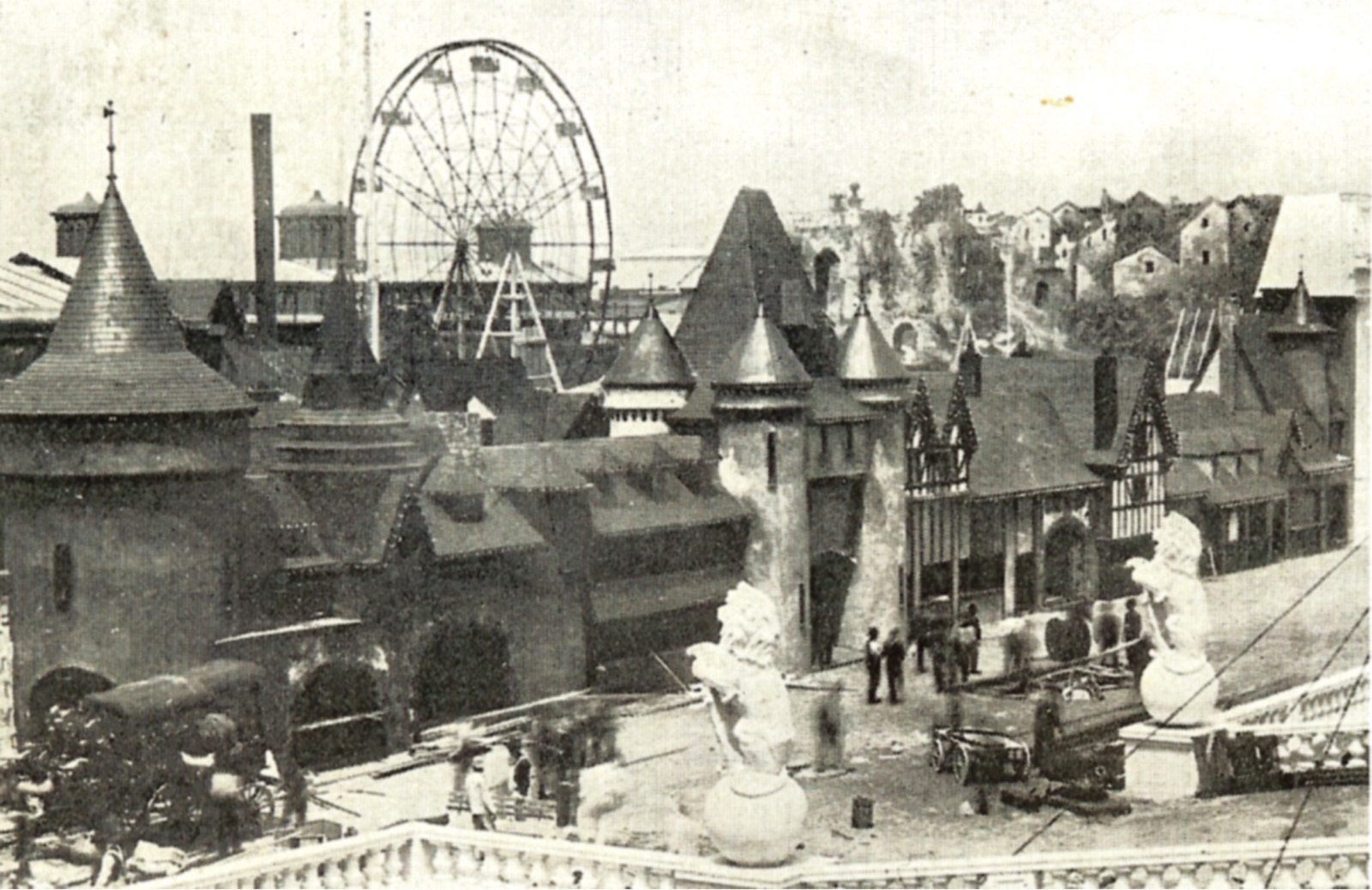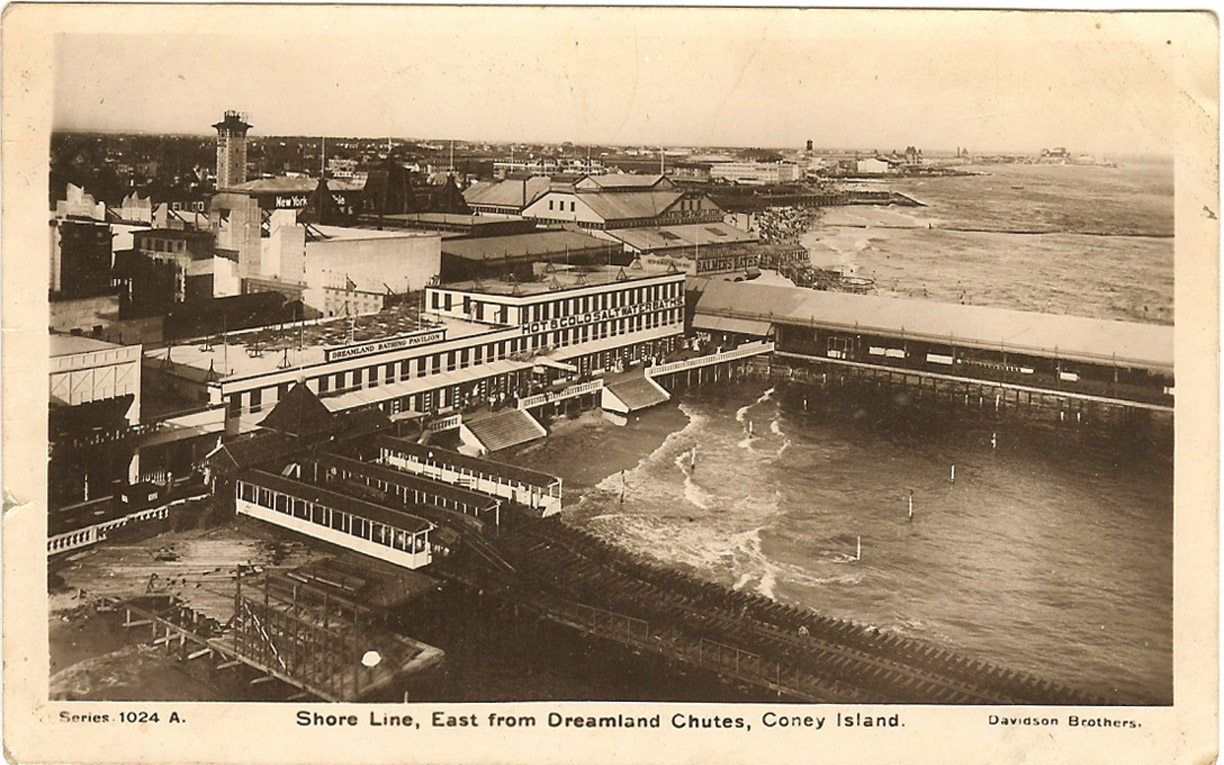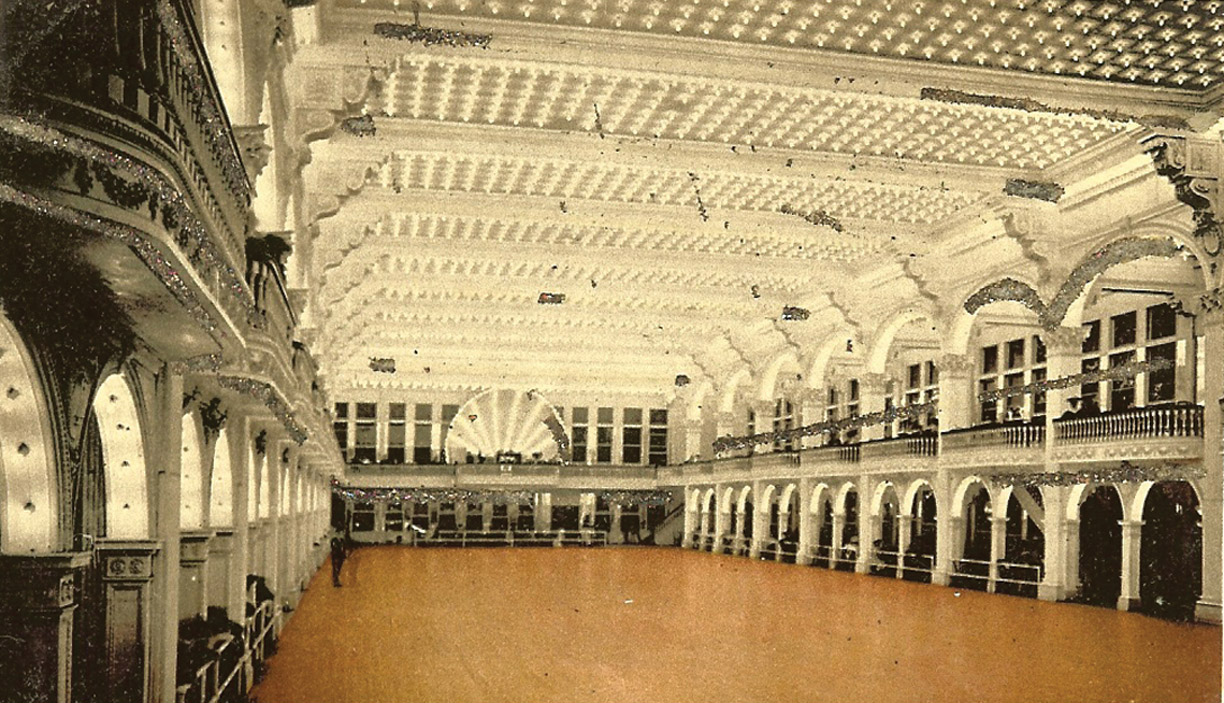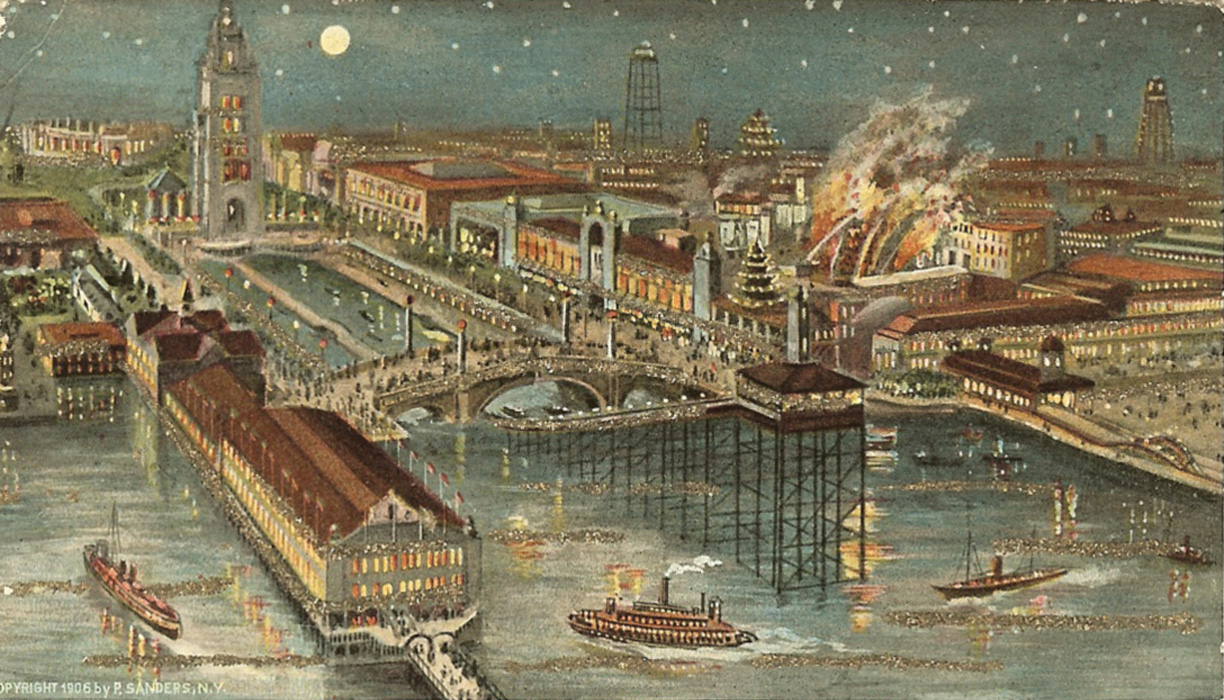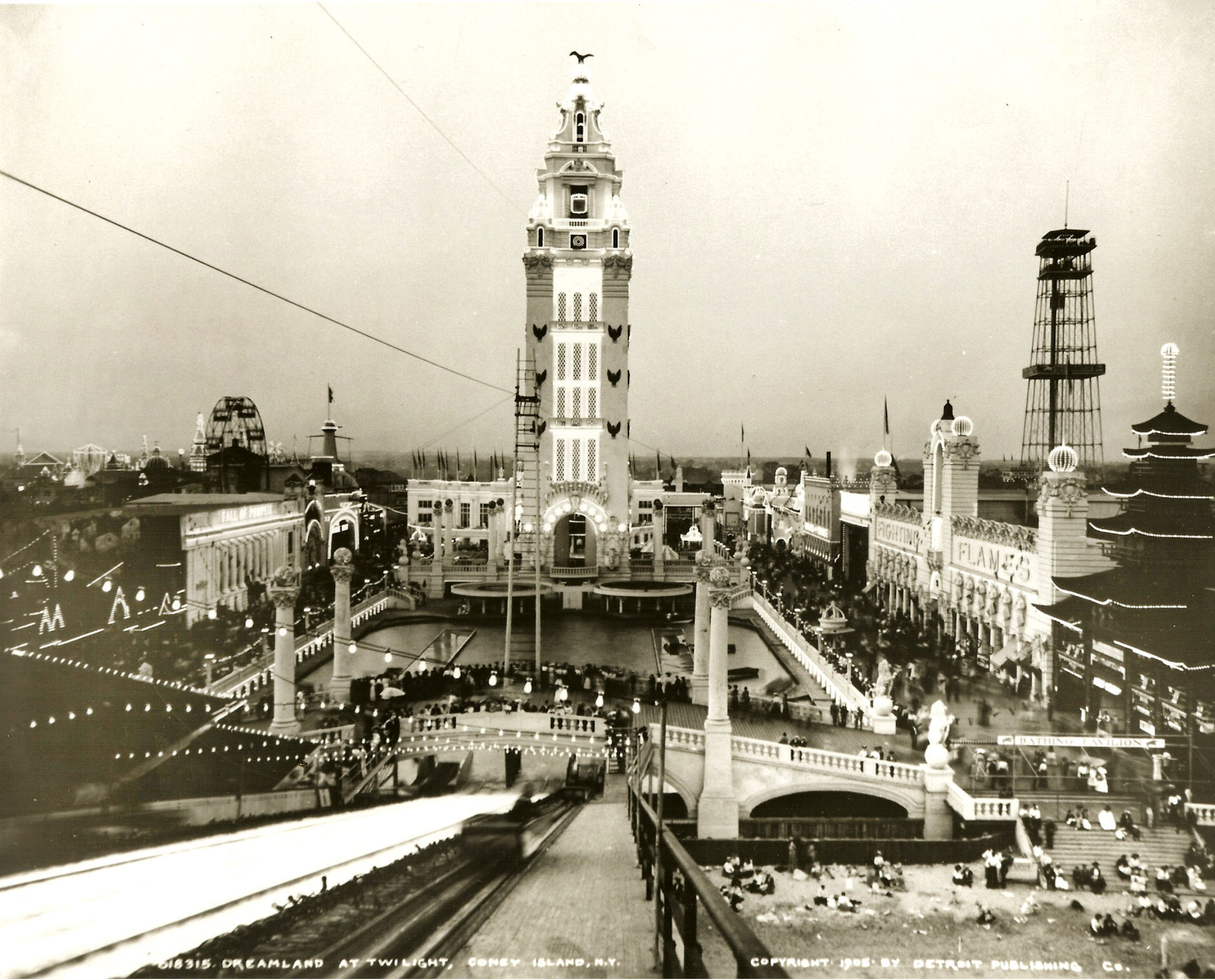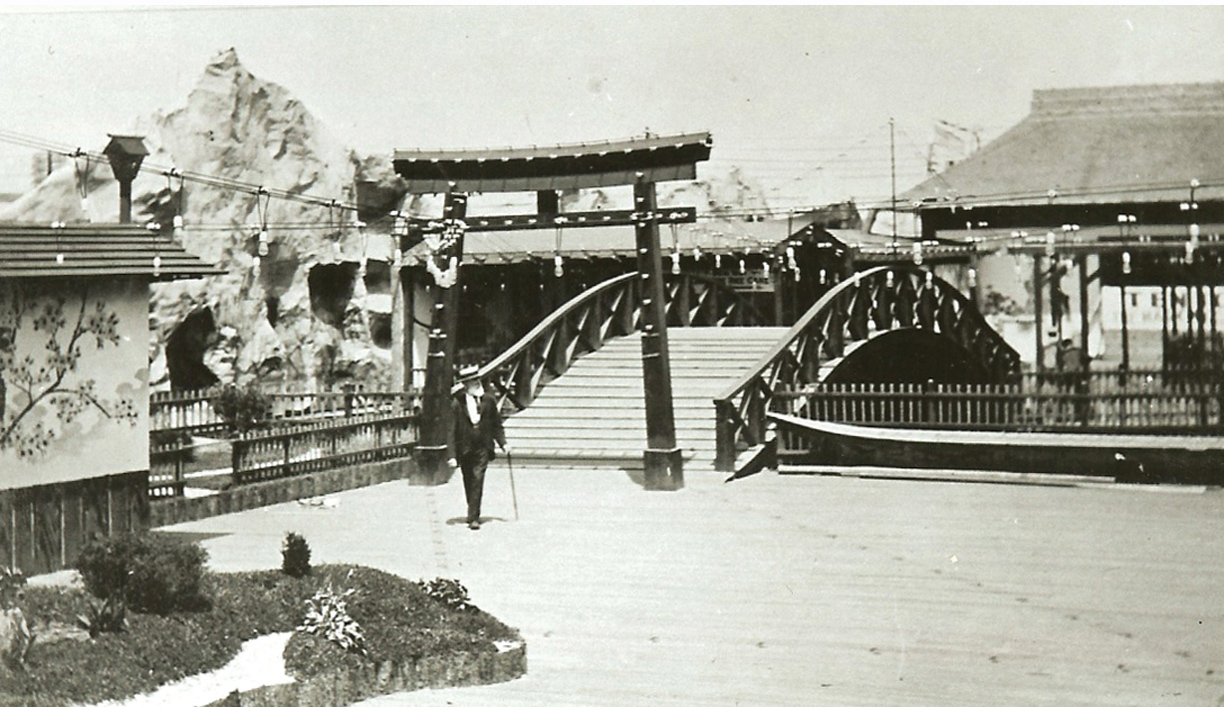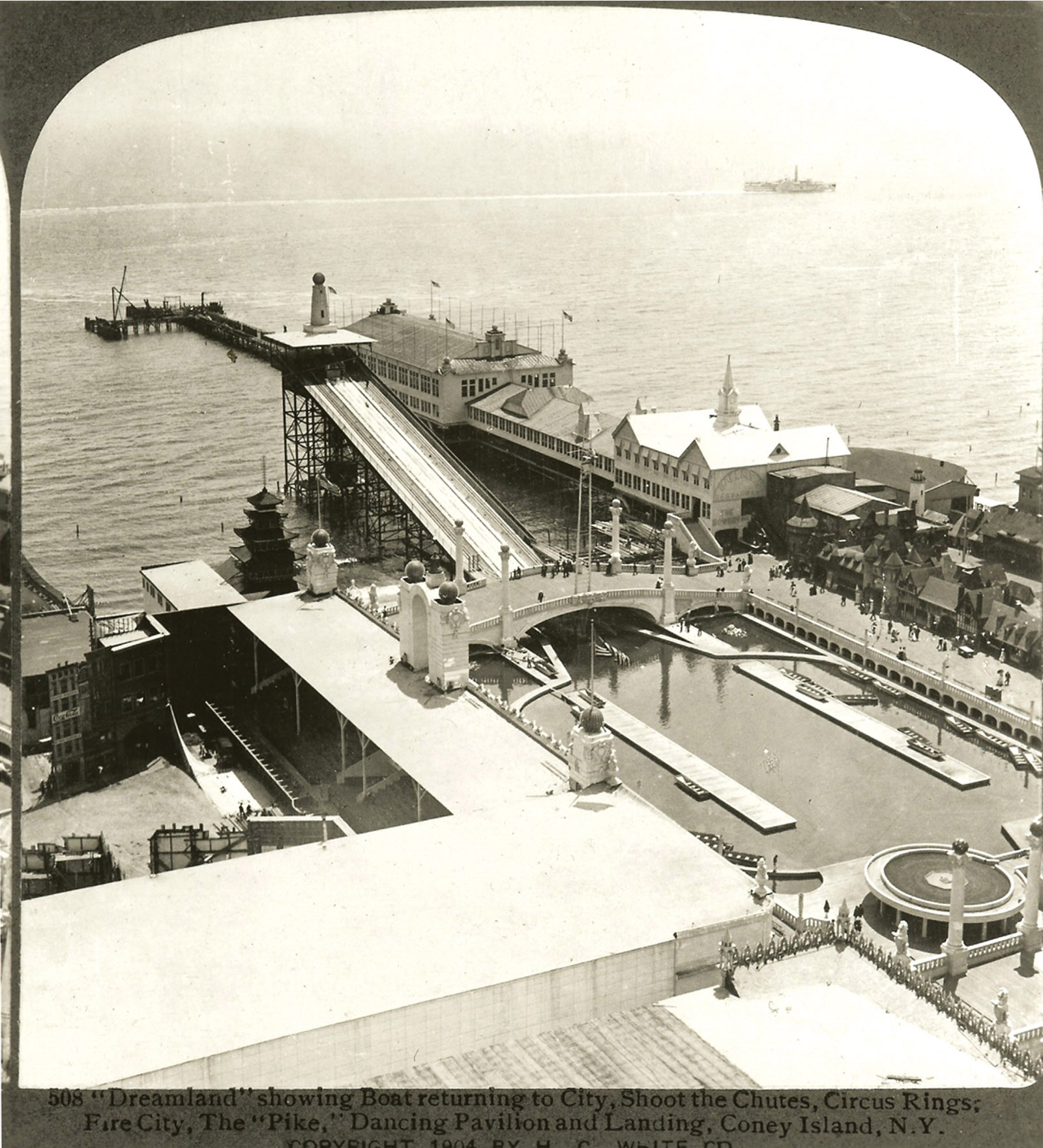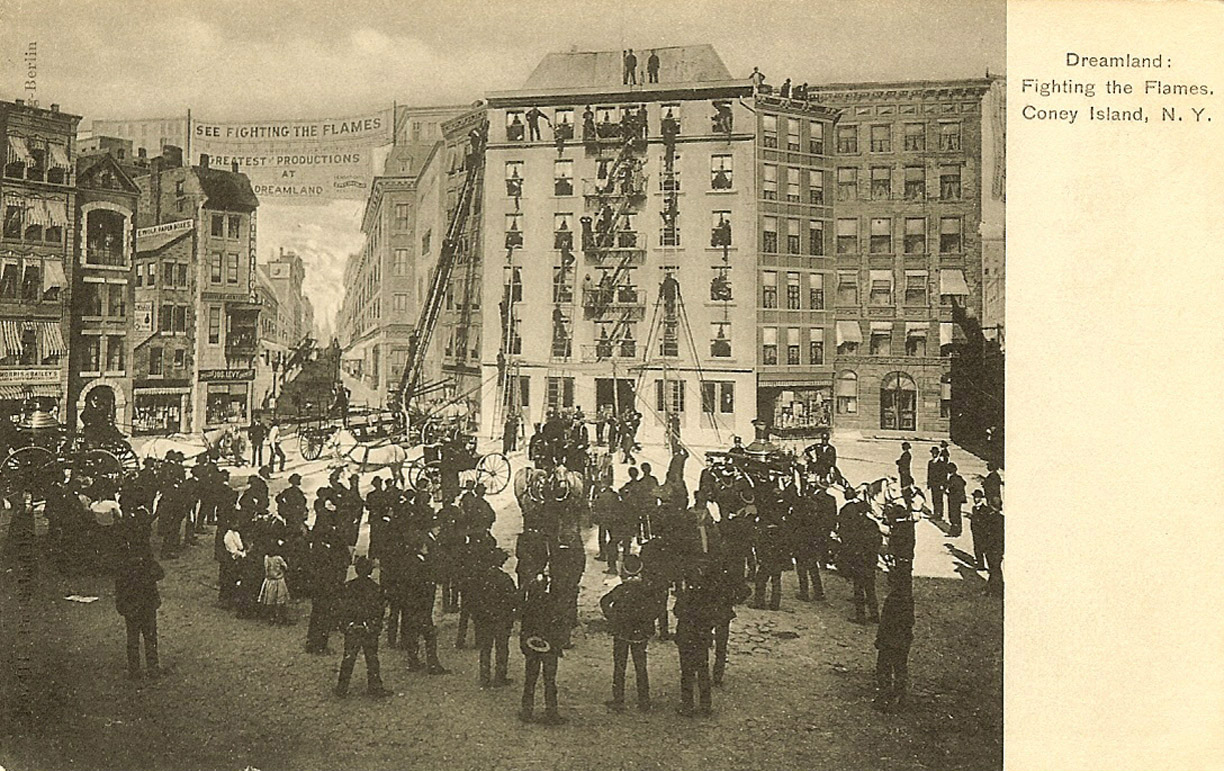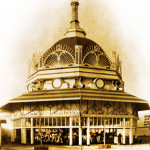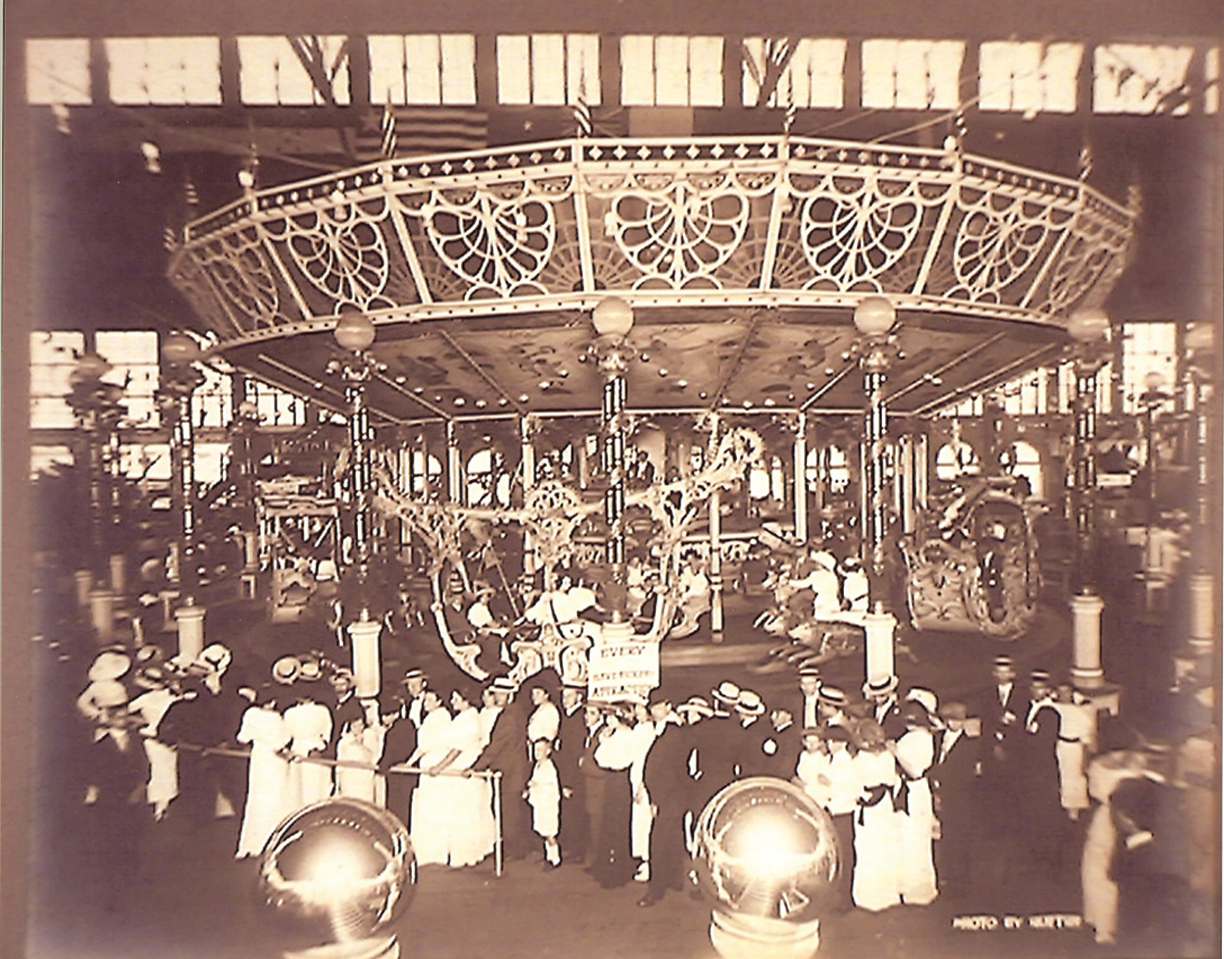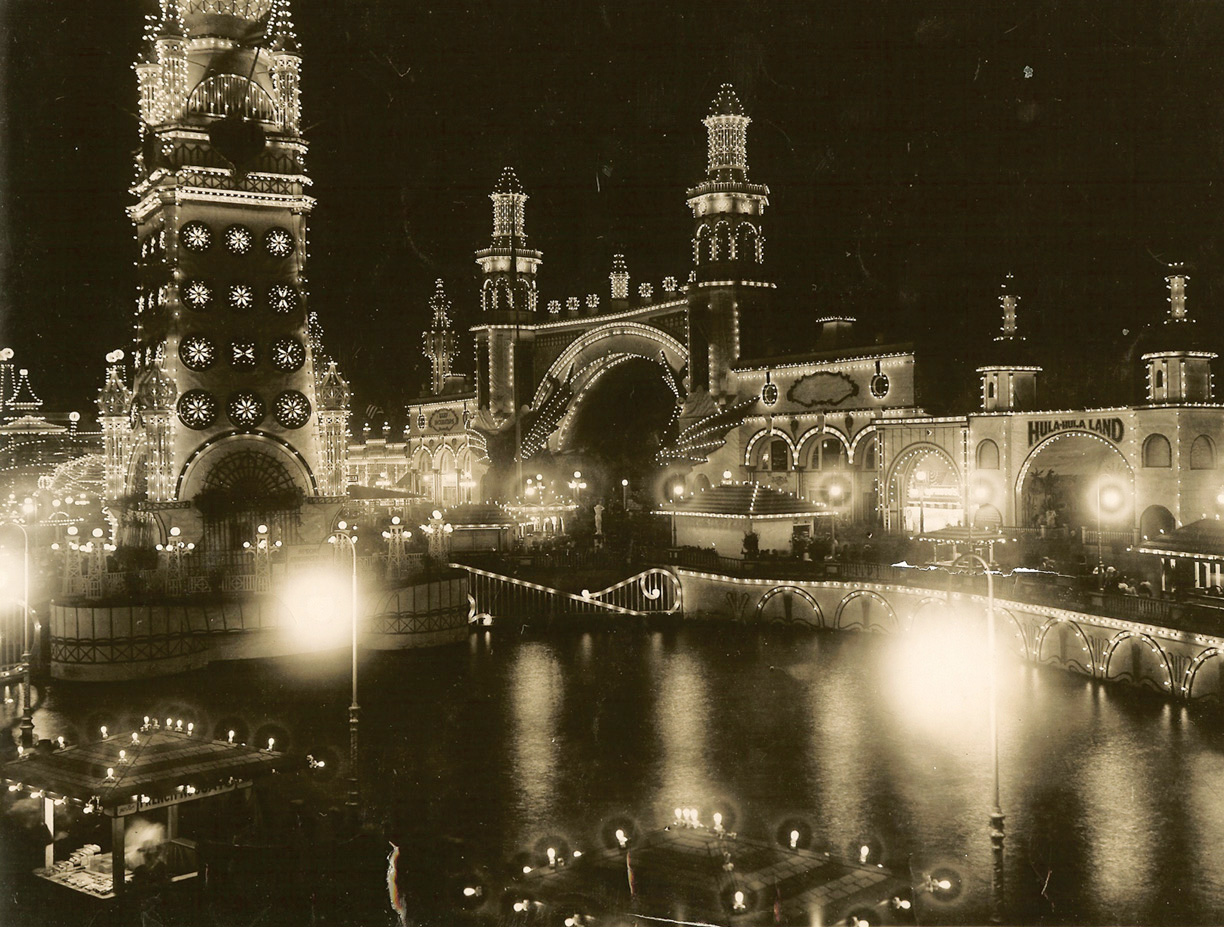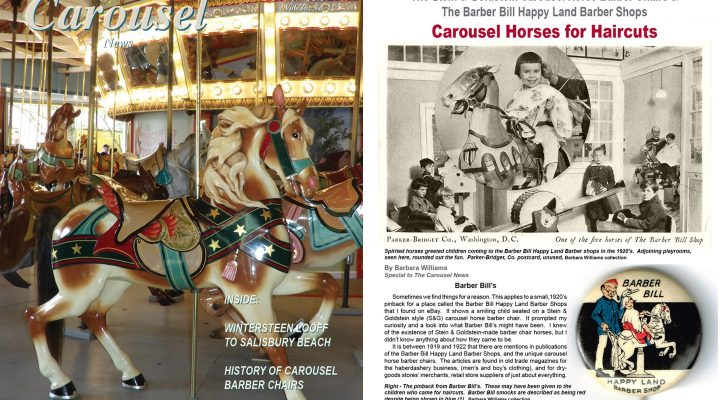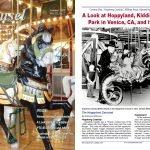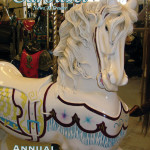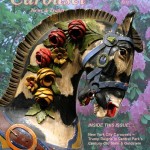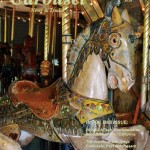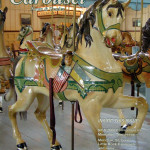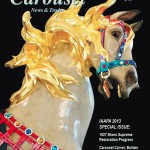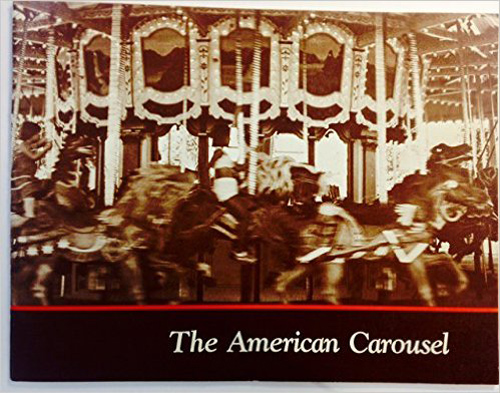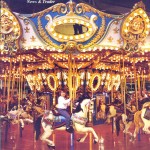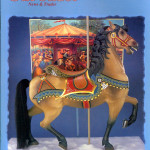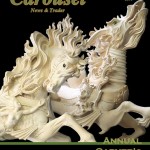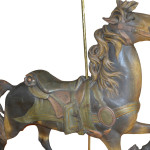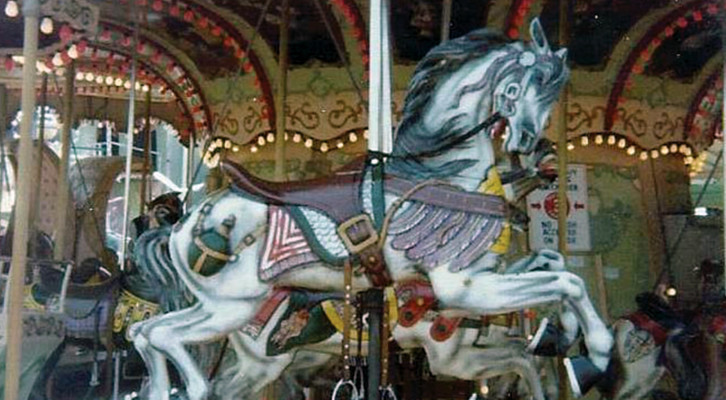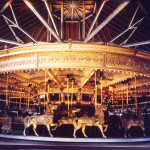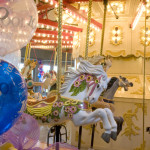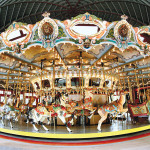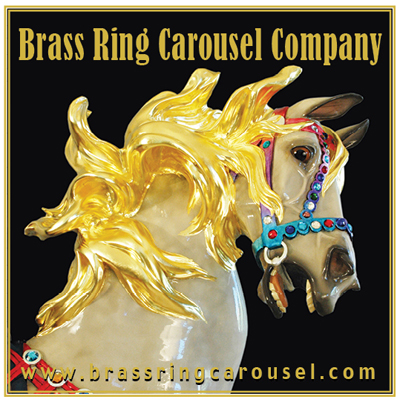William H. Reynolds Shared His “Dreamland” With Coney Island and the World.
Sigmund Freud Found Coney Island’s Dreamland to be the Most Intriguing Place In America. He was not the only one. Dreamland opened on May 14, 1904. Sadly it was a short dream, as fire destroyed the park on May 27. 1911
CONEY ISLAND’S GREATEST PARKS – Part 3 of 3:
Fascinating, the Ultimate “Dreamland”.
By Paul and Nancy Brigandi
Special to The Carousel News & Trader
William H. Reynolds was born in Brooklyn in 1867. Reynolds’s father was a successful builder. As a school boy, William earned money by working for his father, cleaning up after the workmen were done. Reynolds’s father was the kind of person who used to pay his bills when he felt like it, and in the business he was known as “good, but slow.”
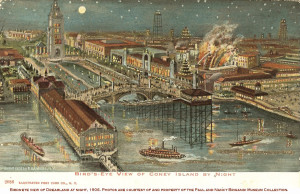 William showed his business sense by making an agreement with the companies his father did business with to get a rate of two percent discount on all bills that he saw were paid promptly on the first of the month. With William taking care of the payments, his father was entirely willing to pay the bills on time. Before, he simply hadn’t taken the time to bother. Within a few months William saved $200.
William showed his business sense by making an agreement with the companies his father did business with to get a rate of two percent discount on all bills that he saw were paid promptly on the first of the month. With William taking care of the payments, his father was entirely willing to pay the bills on time. Before, he simply hadn’t taken the time to bother. Within a few months William saved $200.
Soon after, William told his father that he was going into business. His father laughed, stating, “Where was the capital?” William showed him his bank book. It was not long before William had a shingle hanging out at the corner of Reid and Lafayette avenues in Brooklyn stating, “William H. Reynolds Real Estate Broker.”
At the end of the first year, William had accumulated something like $40,000. Besides being in the real estate business, he developed communities, the first being the “Bedford” section of Brooklyn, where he began to build houses worth anywhere from $15,000 to $20,000. It is here that he became a very successful businessman in the Brooklyn real estate market. The houses sold extremely fast, which gave him enough capital to build homes inexpensively.
William’s father said, “Billy, I can’t keep up with you any more.”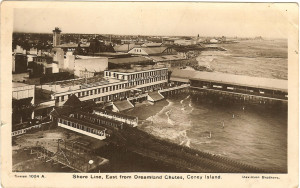
The parent who had seen his son sweeping shavings only a few years before, confessed he was being out distanced. So, the younger Reynolds told his father to close his shop and come work for him, and he did. In developing the Bedford section, William made $500,000.
William then turned his attention to the east side of Brooklyn and started buying up land which nobody wanted to touch due to a title war that was going on. He thought the titles would have to be cleared soon, and they were.
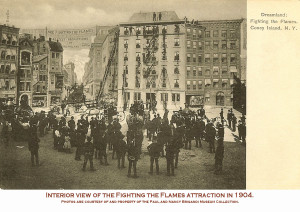 William was appointed New York Senator from 1894 – 1895. In 1898, he developed “Borough Park,” building over a thousand homes. After that, he operated extensively in Bensonhurst and West Minster Heights.
William was appointed New York Senator from 1894 – 1895. In 1898, he developed “Borough Park,” building over a thousand homes. After that, he operated extensively in Bensonhurst and West Minster Heights.
In 1904, William opened up Dreamland, an amusement park in Coney Island, at a cost of $3.5 million. It was constructed in less then six months. It was the only known instance where a place of entertainment of its magnitude was completed within such a short time. This also included the demolishing of any existing buildings that were on the property. There were thousands of workers and mechanics who labored night and day. The park opened on May 14, 1904.
The most impressive way to arrive at Dreamland would have been by steamboat. The tower was incredibly more impressive and majestic when seen from the ocean. As the steamboat approached Dreamland’s Iron Pier, visitors were overwhelmed by its massive 375-foot beacon tower. In 1904, it was one of the tallest structures in the United States, even taller then any building in N.Y.C.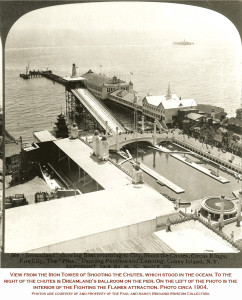
The tower stood in the center of the park, and its overall presence, with its 100,000 electric lights, dominated all of Coney Island. It was also used as an observation tower.
Elevators took people up to the top, giving them a spectacular view of Coney Island. “Shooting the Chutes,” a flat-bottom boat ride, was another major attraction in Dreamland. The ride itself was actually constructed in the ocean and descended over the beach into the park’s saltwater lagoon. Dreamland was an architectural masterpiece.
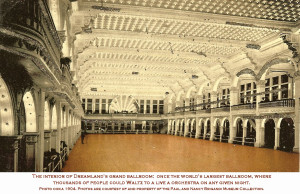 Dreamland’s Ballroom located on the pier, was the largest in the world at 25,000-square-feet. Can you imagine the orchestra playing the waltz, thousands of people dancing to it, the sweet smell of the salt water, along with the cool ocean breeze? It was the most popular ballroom in Coney Island Adjoining the beautiful ballroom, (also on the pier over the water), was a restaurant nearly as large as the ballroom itself, serving the finest cuisine, only equal to that found in Manhattan.
Dreamland’s Ballroom located on the pier, was the largest in the world at 25,000-square-feet. Can you imagine the orchestra playing the waltz, thousands of people dancing to it, the sweet smell of the salt water, along with the cool ocean breeze? It was the most popular ballroom in Coney Island Adjoining the beautiful ballroom, (also on the pier over the water), was a restaurant nearly as large as the ballroom itself, serving the finest cuisine, only equal to that found in Manhattan.
Some of the attractions in the park were, “The Leap -Frog Railway,” which was on its own pier with a track leading to no where. There were two separate enclosed trains that would race towards each other on the same track. Once they met, one would pass over the top, while the other was passing underneath. Each car was only around five-feet in height and held 32 passengers. The ride operated from 1904 to when it burned in the 1911 fire. Another attraction was “Fighting the Flames,” a re-enactment of fire and rescue used to entertain and educate. It consisted of a city block of assorted stores, buildings and a hotel. The scene opens with the hotel on fire with screaming people trapped inside. The alarm rings and the firemen jump from their beds, slid down the brass poles and race to the fire. As they arrive, so does the battalion chief. The flames, discovered on the first floor quickly begins to engulf the rest of the building. The trapped people are forced to the roof of the building were they ultimately jump into nets to their safety. The fire is put out, and the city block is saved only to ready for the next show.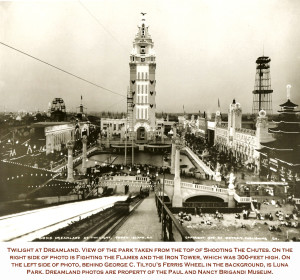
Dreamland also offered you a chance to go “Coasting Through Switzerland,” a miniature realistic replica of Switzerland designed and owned by Thomas J. Ryan. It was a sled-type roller coaster that toured through the ice covered Alps and villages. You would see the majestic peaks of Mount Blanc and the Matterhorn. Your journey took you through the quaint villages of Switzerland with a unique system of electric illumination to recreate beautiful sunrise and sunsets. You would feel the cool breezes of the Swiss Alps, accomplished by fans blowing across dry ice, making this not only a truly wondrous attraction but also a favorite on those extremely hot summer days.
The park also offered in 1904 the finest wild animal acts in the world at the Bostock Animal Arena. Frank C. Bostock, known as the “animal king,” came from a family of animal showmen since 1805. He started out small, but his talent of working with animals made him a true international showmen as he took his Hippodrome of animal acts to Paris, London and New York. He would perform daily with his wild animals for over 15 years; however, when he could no longer perform he became the teacher for many men and women who then created their own act, many performing at the Bostock Arena.
Shortly before the fire of May 27,1911, which destroyed the entire park, Frank Bostock sold his entire of Dreamland animal acts to Colonel Ferrari. Unfortunately for Colonel Ferrari, he suffered a total loss of his investment when the park burned down on opening day of the 1911 season.
The Baby Incubators exhibit was established by Dr. Martin Arthur Couney, a pediatrician from Paris. When he first introduced his incubator technology in the 1890s it was not accepted by the medical community. Dr. Courney then introduced it at the International Exhibition in Berlin in 1896. He eventually found his way to America and Coney Island. In 1903 the exhibit was featured in Luna Park. In 1904, he moved his entire facility to Dreamland where he was able to have street access, giving him a year-round operation.
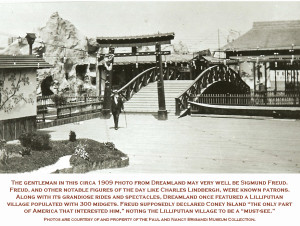 The incubator building looked like a two-story old German farmhouse, as Dr. Couney did not want it to look like a hospital. It was a practical, educational and life-saving instrument. Eventually the medical industry started sending their premature baby cases to him, recognizing that his incubator technology was a life-saving device of the future.
The incubator building looked like a two-story old German farmhouse, as Dr. Couney did not want it to look like a hospital. It was a practical, educational and life-saving instrument. Eventually the medical industry started sending their premature baby cases to him, recognizing that his incubator technology was a life-saving device of the future.
After the fire of 1911, he moved to a few other locations in Coney Island, eventually ending up back in Luna Park in 1941. Throughout his career 8,000 premature babies were handled by Dr. Couney, of which 6,500 babies survived.
In 1904, Samuel Gumputz was the manager of Dreamland. One of his jobs was to visit World Fairs and other exhibitions to bring back new and unique attractions to Dreamland. While visiting the 1904 St. Louis World Fair, he purchased the attraction “Creation” for the 1905 season. It was not just the entrance, but also an attraction. This allowed Reynolds to have the greatest entrance at any amusement park ever.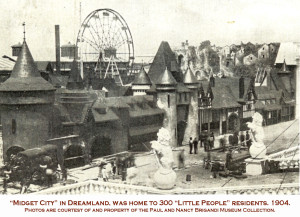
“Creation” was the largest illusion ever constructed in its time. It was the story of creation from the first book of Genesis. The journey began with a boat ride around the “Big Blue Dome,” where people would see the spectacular illustrations on the works of God. In the “Great Dome,” the six days of the creation of the world were presented. At first there was a watery waste, then land appeared. Last its man and woman were created in the “Garden of Eden.” On the seventh day, God rested.
With this new attraction, Dreamland started to add other Biblical attractions, including “Hell Gate,” an attraction based on an ancient and very human dread, that of the whirlpool. Passengers boarded boats which began to swirl around terrifying waters of a 50 foot whirl pool carrying the boat to the center. The slope would suddenly dip and allows the boat to slip beneath the outer rims of the spiral into a subterranean canal to reveal a scenery of rocks, reefs and shipwrecks from the bottom of the ocean.
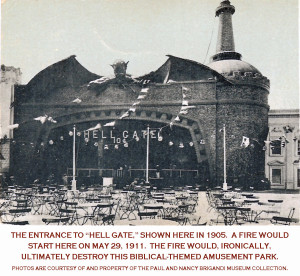 Another Biblical attraction was “The End of the World,” where Gabriel blows his trumpet, the earth quakes and the people fear that the end of the world is very near. Dreamland conducted an experiment called “Midget City.” It was a laboratory on social behavior. The society of 300 little people had their own government, police and fire department, along with their own laws.
Another Biblical attraction was “The End of the World,” where Gabriel blows his trumpet, the earth quakes and the people fear that the end of the world is very near. Dreamland conducted an experiment called “Midget City.” It was a laboratory on social behavior. The society of 300 little people had their own government, police and fire department, along with their own laws.
Unfortunately, on May 27, 1911, at approximately 1:30 in the morning, workers accidentally started a fire in the “Hell Gate” attraction, ultimately destroying the entire amusement park. It was the biggest fire in New York State history to date.
In 1907, at the age of 40, William then spent $10 million to develop Long Beach. He had approximately 3,800 lots, with each house costing at least $7,000. He then built Reynolds Channel and the Long Beach Hotel.
William Reynolds passed away on October 14, 1931 at the age of 63.
#
SEE THE LUNA PARK PHOTO GALLERY >>>
CONEY ISLAND’S GREATEST PARKS – Part 3 of 3: Dreamland, “The Most Intriguing Place In America”.
By Paul and Nancy Brigandi
Reprinted from the August 2008, The Carousel News & Trader magazine.
This is the third in a three part series featuring (arguably) the greatest Amusement Parks ever built, Steeplechase Park, Luna Park and Dreamland, on Coney Island at the turn of the 20th Century.
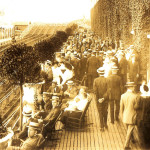 READ Part 1 – The Magical Steeplechase Park, Coney Island >>>
READ Part 1 – The Magical Steeplechase Park, Coney Island >>>
READ Part 2 – The Original, Romantic, Luna Park, Coney Island >>>

